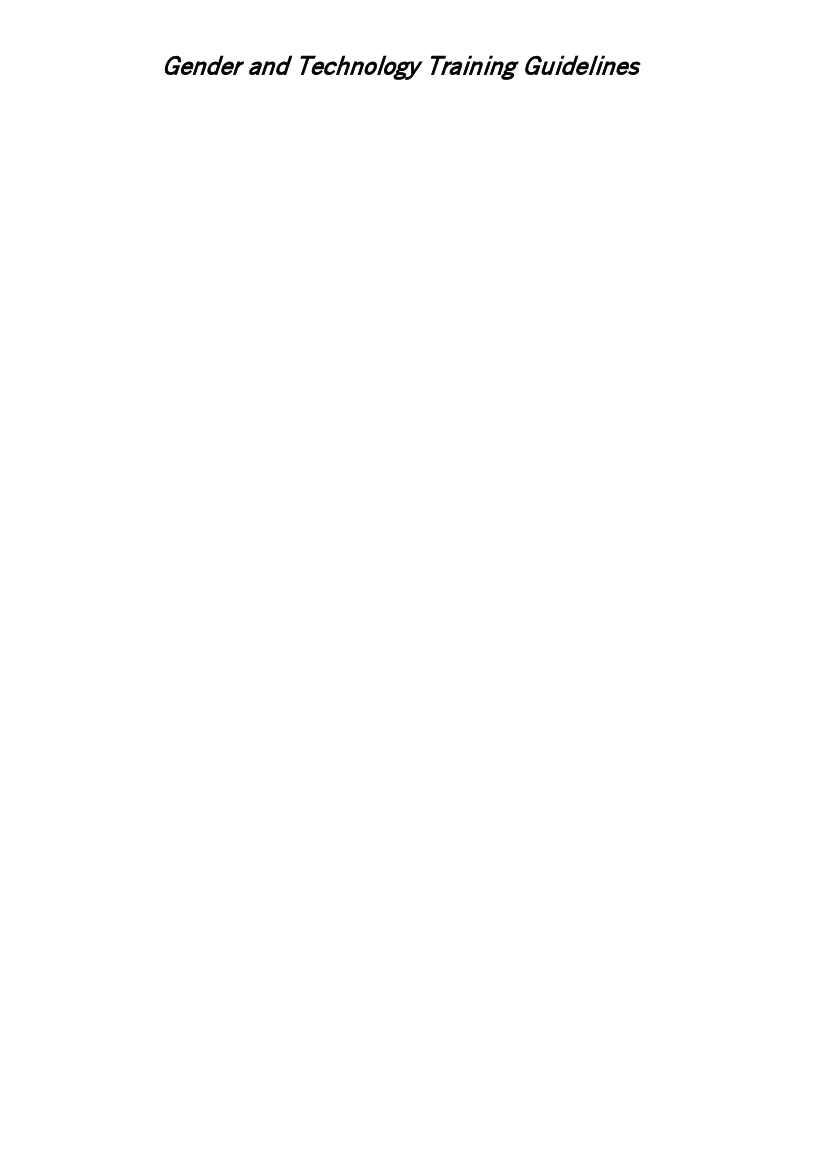
Gender and Technology Training Guidelines
Another problem rural pottery makers as opposed to the urban pottery makers face is
the lack of transport for their products. This is a major set back in marketing the
goods.
Due to this kind of increasing economic hardship women have begun to form pottery
groups through which they attempt to maximise their resources, as well as minimise
the risks associated with individual small-scale enterprise. Group production also
reduces fuel wood consumption that helps with the decreasing availability of fuel in
the area.
Being alert to market needs, women have started to apply their skills to new activities
such as the production of ceramic liners for charcoal burning stoves and fuel efficient
food burning stoves. As these stoves save time, money and energy, and are
comparatively safer the market for them is growing. This means that the production of
these stoves is a potentially lucrative business.
79